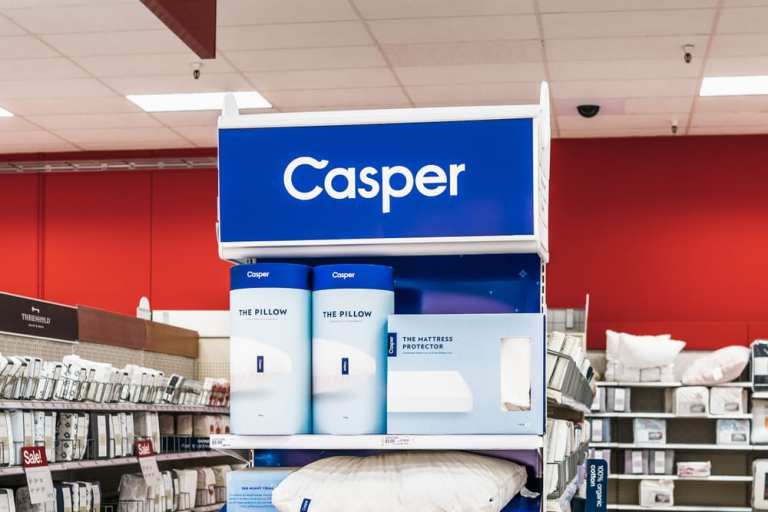
Mattress retailer Casper Sleep Inc. hopes to raise $300 million for a blank-check company, as shares of the New York-based firm have fallen by nearly 38 percent since its February debut.
On its first day of trading six months ago, the stock closed at $13.50 per share. On Tuesday (Aug. 18), the stock was down to $8.41.
Bloomberg News reported that Tailwind Acquisition Corp., a special purpose acquisition company (SPAC), filed with the U.S. Securities and Exchange Commission (SEC) to sell 30 million units at $10 each. The only underwriter for the initial public offering (IPO) is Jefferies Financial Group Inc., the New York-based financial services company.
Casper Sleep CEO Philip Krim, who also serves as chairman of Tailwind Acquisition in Los Angeles, said the new company’s focus will be “consumer internet, digital media and marketing technology sectors,” according to the SEC filing.
Chris Hollod, the Los Angeles venture capitalist and angel investor, is named as the CEO of the blank-check firm, the news service reported.
These so-called SPAC deals, which depend on the sponsor’s deal-making finesse, have become popular investments on Wall Street as COVID-19 wreaks havoc on the market.
Data compiled by Bloomberg revealed that 74 SPACs account for more than $28 billion of the $72 billion raised in IPOs on U.S. exchanges so far in 2020.
One of the bigger names is DraftKings Inc., the Boston-based sports betting company that went public in April through a $3.3 billion SPAC deal. In addition, Richard Branson’s Virgin Galactic Holdings Inc. went public through a similar deal last fall.
Casper has said the “global sleep economy” is worth about $432 billion, with the U.S. comprising $79 billion of that tally. The overall market is growing at 6.4 percent, the company said.
In February, the stock launched at $12 a share, opened at $14.50 and closed the first day of trading at $13.50. At the time, Krim told the Associated Press that he was happy with the debut, but that he continues “to be very focused on a long-term vision.” The open was better than the $12 to $13 range that had been targeted, but was markedly down from the $17 to $19 range depicted in SEC filings.